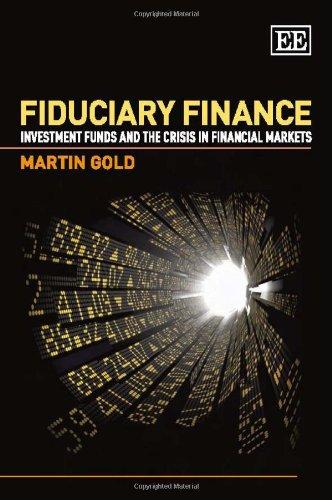Question
1. Consider a company which had revenues of $28 million over the last twelve months. Depreciation and amortization expenses were $7 million. Operating margin was
1. Consider a company which had revenues of $28 million over the last twelve months. Depreciation and amortization expenses were $7 million. Operating margin was 25.6%. It has $29 million of debt, $3 million in cash, and 12 million shares outstanding. Comparable companies are trading at an average trailing EV/EBITDA multiple of 18. How much is each share worth using relative valuation? Round to one decimal place.
2. A company had total revenues of $56 million, operating margin of 26.8%, and depreciation and amortization expense of $24 million over the trailing twelve months. The company currently has $220 million in total debt and $37 million in cash and cash equivalents. The company's shares are currently trading at $31.7 per share and there are 11 million shares outstanding. What is its EV/EBITDA ratio? Round to one decimal place.
3. An asset is projected to generate 5 annual cash flows of $7,000 starting 7 years from today and a final one-time cash flow of $15,000 in 29 years from today. If the appropriate discount rate is 5.6%, how much is this asset worth today? Round to the nearest dollar.
4. Consider a company that is projected to generate revenues of $285 million next year. Analysts expect revenues to grow at a 6.0% annual rate for the following two years (until the end of year 3) and then at a stable rate of 2.8% in perpetuity. If the company is expected to have a gross margin of 75%, operating margin of 56%, net margin of 25%, tax rate of 18.1%, and reinvestment rate of 43%, what is its expected free cash flows in four years from today? Answer in millions, rounded to one decimal place (e.g., $2,315,612 = 2.3).
5. Consider a company that is forecasted to generate free cash flows of $23 million next year and $24 million the year after. After that, cash flows are projected to grow at a stable rate in perpetuity. The company's cost of capital is 10.2%. The company has $58 million in debt, $10 million of cash, and 15 million shares outstanding. Using an exit multiple for the company's free cash flows (EV/FCFF) of 14, how much is each share worth? Round to one decimal place.
6. Consider a company that is forecasted to generate free cash flows of $29 million next year and $24 million the year after. After that, cash flows are projected to grow at a stable rate of 1.7% in perpetuity. The company's cost of capital is 10.1%. The company has $36 million in debt, $10 million of cash, and 24 million shares outstanding. How much is each share worth? Round to one decimal place.
7. Consider the following information about five bonds. Which bonds price should be the least sensitive to changes in interest rates?
| Bond | Coupon rate | Maturity |
| A | 3% | 10 years |
| B | 4% | 30 years |
| C | 3% | 30 years |
| D | 2% | 10 years |
| E | 4% | 10 years |
| A | ||
| B | ||
| C | ||
| D | ||
| E |
Step by Step Solution
There are 3 Steps involved in it
Step: 1

Get Instant Access to Expert-Tailored Solutions
See step-by-step solutions with expert insights and AI powered tools for academic success
Step: 2

Step: 3

Ace Your Homework with AI
Get the answers you need in no time with our AI-driven, step-by-step assistance
Get Started


